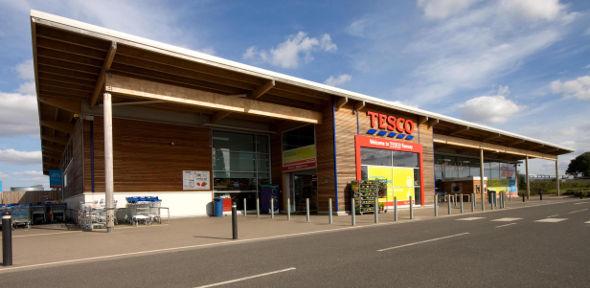
The 'Sustainable Buildings in 2030' event held at the Department of Engineering recently was a great success. The series of talks were both inspiring and challenging, and demonstrated the important role that sustainable buildings have to play in reducing Carbon Dioxide emissions.
The 'Sustainable Buildings in 2030' event held at the Department of Engineering recently was a great success. The series of talks were both inspiring and challenging, and demonstrated the important role that sustainable buildings have to play in reducing Carbon Dioxide emissions.
Organised by natural ventilation specialist Breathing Buildings the event was chaired by Professor Koen Steemers, Head of the Department of Architecture. The event highlighted the opportunities and technology that are available within the construction industry to help meet the IPCC (Intergovernmental Panel on Climate Change) carbon reduction target of 50-80 per cent by 2050.
Keynote speaker, Sir Terry Leahy, former CEO of Tesco, said that building zero carbon stores was a key factor in Tesco’s drive to become a zero carbon business by 2050.
Tesco’s store in Ramsey, Cambridgeshire, not only uses natural ventilation, lighting and refrigeration gas but also generates its own energy using biofuels. The excess electricity generated is actually exported back to the grid which, as Sir Terry Leahy said “in effect makes the store carbon negative.”
Sir Terry added: “The developed West needs to achieve a reduction in carbon emissions of 60-80 per cent by 2050 - this means that pretty much everything has to become zero carbon. Tesco has a crucial role to play in tackling climate change and we intend to lead by example. Conservation of resources is not only good for the environment it is also good business management. In one year alone Tesco reduced its emissions by 20 per cent and saved £150 million.”
Leading academics presented the opportunities and challenges associated with new concepts such as truly recycled building materials, LED lighting and low energy ventilation strategies.
Further energy efficiency savings could be found by reducing the amount of steel used in construction. Using supermarkets as an example, Dr Julian Allwood from the Department of Engineering felt that most designs could use 30% less metal without any loss of service. Also to be considered are the ideas of re-using and recycling and deconstruction not demolition. It was recognised, however, that there may be operational issues that needed to be overcome.
The presentations from the event are now available to download. Please click on the links below.
Similar events are being planned in December 2011 and April/May 2012. For more information please email info@breathingbuildings.com

